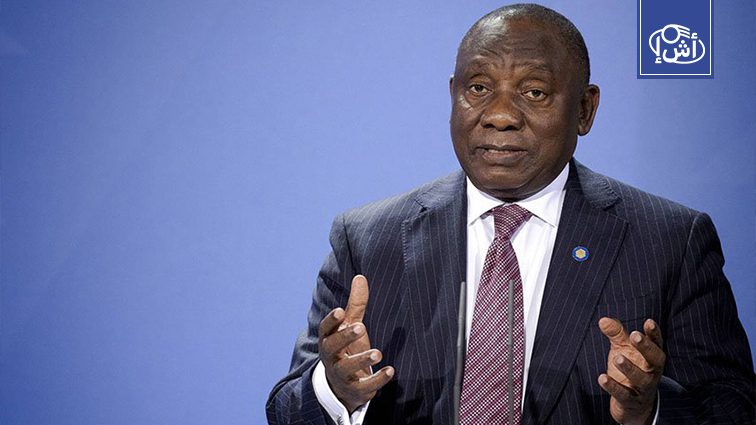South African President Cyril Ramaphosa announced his expected formation of a national unity government, which brought together the opposition alongside the “African National Congress”.
In a televised speech, Ramaphosa said that the formation of the national unity government was achieved by consensus between the “African National Congress” Party and the “Democratic Alliance Party”, which is considered the second largest parliamentary bloc in Parliament after the Congress Party, and 9 other small parties.
In the coalition government formation, the “National Conference” obtained 22 portfolios, including sovereign portfolios that include finance and foreign affairs, in addition to energy and defense.
In contrast, the “Democratic Alliance” party received 6 ministerial portfolios, while 6 other portfolios were distributed among 9 parties, the most prominent of which is the “Al-Jamaa” Party, which represents Muslims in South Africa.
In turn, Ramaphosa retained his deputy, Paul Mashatile, in his position, and also appointed Ronald Lamola as the new Minister of International Relations and Cooperation, succeeding Minister Naledi Pandor.
Lamola previously held the position of Minister of Justice and Constitutional Affairs and is one of the youngest members of the Cabinet.
Ramaphosa also retained Finance Minister Enock Godongwana in his position, and David Masondo and Ashur Sarobin of the Democratic Alliance Party as his deputies.
“These men and women we have appointed to the Executive Committee come from all parts of our country,” Ramaphosa said. “None of the members of the National Executive Committee were appointed to serve the interests of a particular constituency, a particular party, or a particular sector of society.”
The president also appointed his main political rival, Democratic Party leader John Steenhuisen, as Minister of Agriculture.
Eleven political parties reached an agreement to form a national unity government after the African National Congress, which ruled South Africa without a coalition for the past three decades, lost its majority in national and regional elections.
It is noteworthy that Ramaphosa’s announcement of his ministerial formation was delayed after intense and lengthy negotiations over ministerial positions with 10 partners, especially the second largest party, the Democratic Party.
It is noteworthy that Ramaphosa was elected for a second presidential term, last June 15, during the first session of Parliament in South Africa. He was officially inaugurated as the seventh president-elect, last June 19, during a ceremony in the capital, Pretoria, in the presence of a number of heads of state and government.
On May 29, 28 million registered voters in South Africa went to the polls to elect 400 members of the National Assembly (Parliament) and 430 members of the legislative bodies in the country’s nine provinces.
South Africa arrests 95 Libyans… and the Dbeibeh government denies its connection to them
